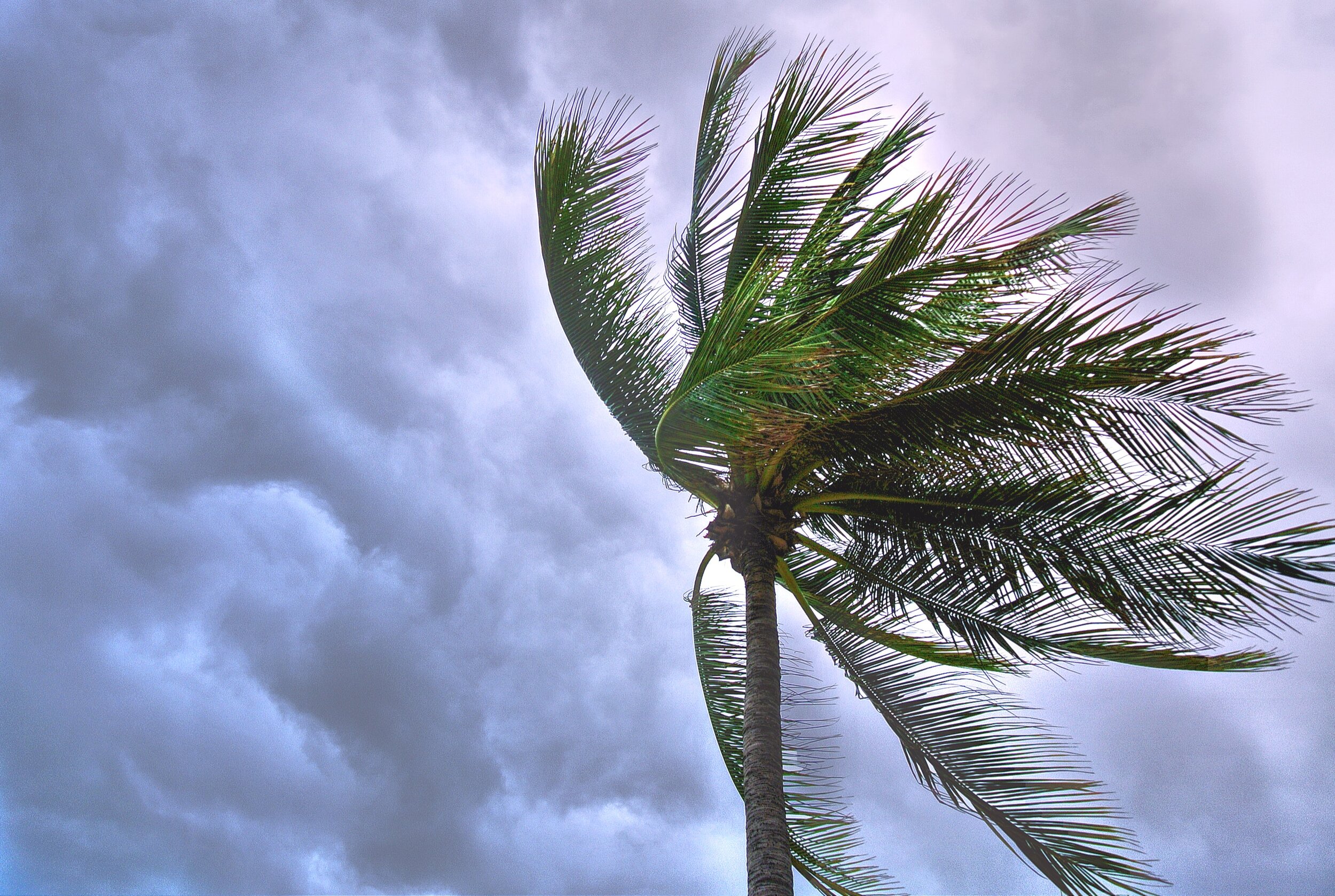In praise of extreme weather
Maybe it’s the drama queen in me, but I’ve always loved a bit of bad weather. Whether it’s dense fog, howling storms or boiling heat waves, I’m attracted to it in fiction, in films and - to a far smaller certain extent – in real life.
Extreme weather works particularly well in fiction. Perhaps it’s the suddenness with which it arrives and the chaos it leaves in its wake. It’s romantic and exhilarating, especially if read about from the safety of your own armchair.
To me, bad weather has always been a sign that Something Gothic This Way Comes, and so ties in entirely with my love for dark tales. Throw an unexpected storm or a scorching heat wave in your characters’ path and you can create some tension, spoil an important event or take proceedings completely out of their control.
One of my earliest memories of reading about bad weather is the storm in Daphne du Maurier’s Rebecca, during which the first Mrs de Winter is lost at sea. From all accounts, the first Mrs de Winter was a defiant woman and an expert sailor (of course), but she succumbed like a mere mortal to the unpredictability of the English weather. It’s another storm that creates the turning point in the novel and brings her boat back, too, revealing what really happened to her that night. (If you haven’t read Rebecca, just do it right now.)
Weather is used in so many ways by writers. For example, to reflect a protagonist’s mood: in Wuthering Heights Catherine seems to embody the tempestuous storm, and takes it with her to the peaceful setting of Thrushcross Grange, disrupting life there, too.
Fancy a bit of foreshadowing? Look no further. Stormy clouds ahead can predict something unsettling is about to happen, and a dramatic change in weather can pre-empt a character’s change of heart or loyalties. And weather can be used to mock characters, too. What’s more unjust than a gorgeous sunny day at a beloved’s funeral?
Weather in She Came to Stay
Our national joke is that Brits talk about the weather incessantly, but it’s what immigrants do on arrival, too. Ask anyone coming from warmer climes and their first impression tends to be that it’s so cold here. My mother remembers the winter she arrived from Cyprus as one with deep snow. My auntie talked about the smog and how there was dirt everywhere; her gloves turned black just from touching a railing.
Whilst researching She Came to Stay, I discovered that in December 1952 there were five days of unrelenting smog in London. It was thick, noxious and led to many deaths (official statistics were at 4,000, but records show it could be closer to 12,000). The transport system shut down, shops closed, crime escalated and hospitals couldn’t cope. As a setting for a mystery/ thriller, this five-day period was an absolute gift. Imagine being here from another country and trying to cope with that, on top of everything else. And gangsters and betrayals and a smattering of crime, too. Read more about the Great Smog of 1952 here.
Weather’s not just a backdrop to a story; it can also reflect how someone feels. Here’s an extract from my book, She Came to Stay. Dina, a Cypriot immigrant is sharing a London bed-sit with her no-good brother Peter, and her best friend, the ridiculously glamorous Bebba. This is the morning Dina sees snow for the first time.
A few days later, I woke to an eery silence. I crept out of bed and peered out of the window to see that everything had been muffled in a deep layer of snow. Soho lay before me, transformed into a sugared wedding cake. I’d never stepped on snow before – had only ever seen it on the Troodos mountaintops. I had to get out there while it was still fresh and new. I thought about waking Bebba, but she hated early mornings and would probably think me childish. Peter had been out late and wouldn’t be up for hours.
I dressed, pulled on the sheepskin-lined ankle boots that she’d helped me choose and left the flat. Shopkeepers were pulling back grilles and rolling down awnings, preparing for the day’s trade. As I walked the length of Charlotte Street, the glinting snow squeaked under my feet. I turned to look at my footsteps and could see them trace right back down the road. The fog made me feel I could lose myself, but here in the snow I could see who I was.
Extreme weather books worth staying in for:
HOT
The Dry, Jane Harper
Instructions for a Heatwave, Maggie O’Farrell
A Little Bird Told Me, Marianne Holmes
Half of a Yellow Sun, Chimamanda Ngozi Adichie
STORMY
Rebecca, Daphne du Maurier
The Tempest, William Shakespeare
Wuthering Heights, Emily Bronte
King Lear, William Shakespeare
SNOWY
Miss Smilla’s Feeling for Snow, Peter Hoeg
Cold Mountain, Charles Frazier
FOGGY
Five Days of Fog, Anna Freeman
Breathe, Dominick Donald
She Came to Stay
What is your favourite bad weather book or film? I’d love to know. Leave me a comment below.
